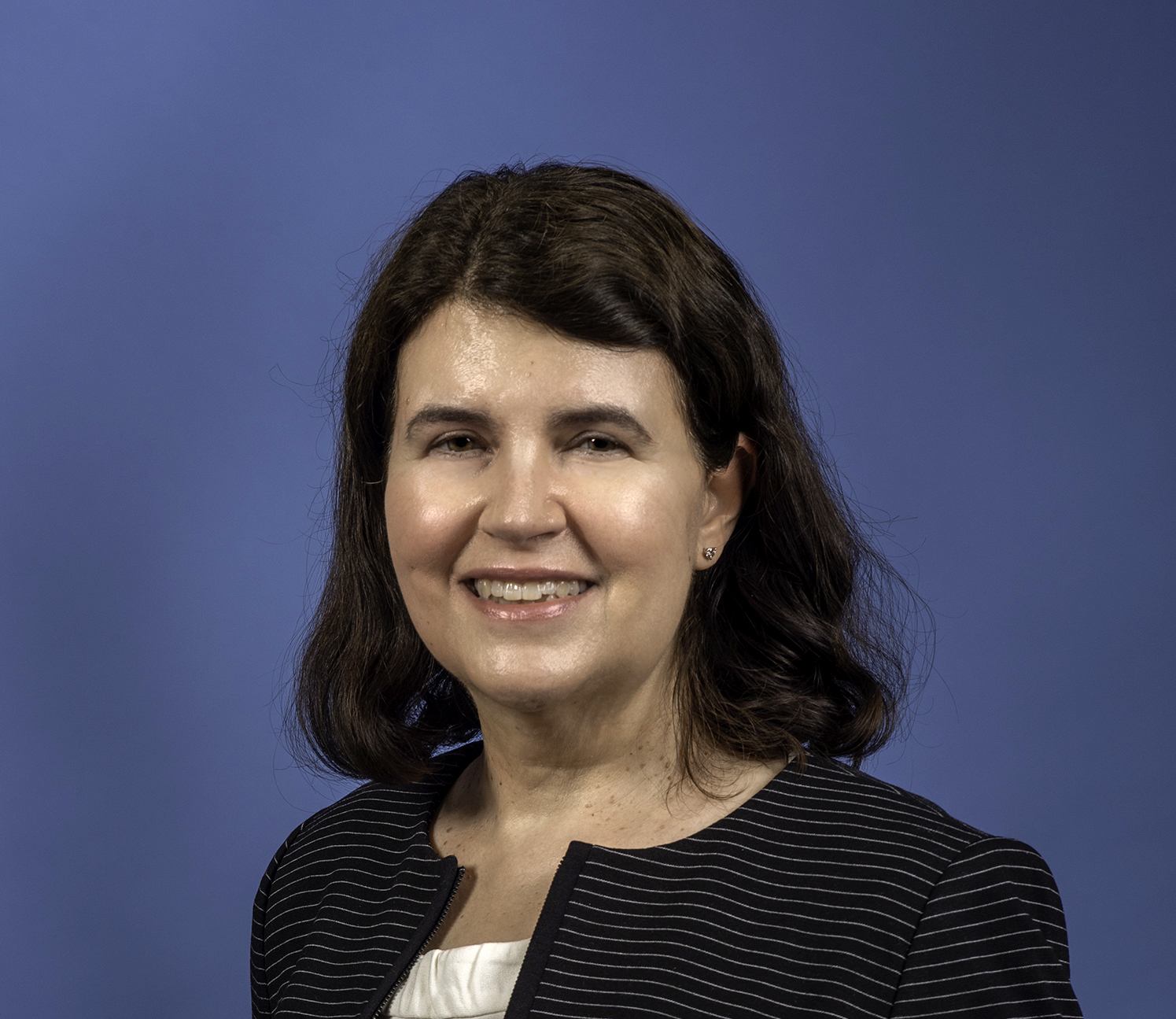Venita de Almeida is a Vice President for Preclinical Development in 3T Biosciences, a company aimed at transforming target discovery in immuno-oncology. Uncovering novel targets for targeted therapies is a complex affair, with 3T Biosciences enlisting cutting edge technology to do so, including Machine Learning. We caught up with Venita to discuss challenges in developing new agents.
You have a very long career in drug discovery – starting in 2000 at Genentech, you have experienced the industry progress through multiple transformations: the rise of bioinformatics and big data, challenges to traditional structure-based drug discovery, and now the influx of novel tech such as AI, ML and new treatment modalities. What would you say have been some memorable events throughout this time?
The most impactful advancement in drug development has been the ability to identify biomarkers and tumor profiles of patients that have responded to various therapies, especially the PD-1 targeting agents. In the past few years there have been multiple collaborative studies describing comparative multi-omics analyses of tumors with normal adjacent tissues from several oncology indications that provide insights into mechanisms of dysregulation in driving cancer. These studies, conducted on large patient populations have integrated data from genomic, proteomic, transcriptomic and other analyses and given us valuable insight into the molecular subtypes associated with response to specific therapeutic targets and immune-evasion mechanisms. I am confident that these datasets will provide us with a framework to develop better treatment paradigms to address the unmet need in treating cancer.
We have seen phenotypic drug discovery (PDD) grow in prominence in recent years, although structure-based discovery remains dominant. PDD methods still require advanced chemoproteomics assays and models to advance further. However, PDD’s inherent advantages in uncovering new targets and first-in-class drugs remain exquisitely attractive. What developments do you hope to see that will accelerate growth in this field?
In recent years technological advances in chemoproteomics, combined with machine learning have provided us with advanced methods to identify and optimize small-molecule drug targets across multiple compound classes. Early applications of these technologies suggest that they can enable an estimation of the potency as well as the identification of non-specific targets of these compounds. I am hopeful that further refinement of these methods in the coming years will facilitate development of novel small molecule compounds that are highly potent for their specific targets, with minimal binding to non-specific targets, allowing for an improved therapeutic index with these drugs.
The adoption of Artificial Intelligence (AI) promises to advance many aspects that are integral to PDD – from image interpretation to machine learning for structure and target prediction, to enhancing chemoproteomics methods. What challenges do you foresee in implementing such novel technologies into the life sciences – and do these mirror the ones we saw at the turn of the millennium with bioinformatics and big data?
Advances and wider adoption of AI and machine learning in life sciences are likely to result in identification of novel drug targets, together with faster generation of hypotheses or leads to develop and evaluate clinical candidates. Eventually, in later stages of drug development, tried and tested conventional workflows using in vivo model systems and processes, combined with in vitro testing in human models to give us a more accurate prediction of safety and efficacy in the clinic. The biggest challenge would be to integrate the computational data from these efforts and co-relate with the complex biological microenvironment seen in disease states with the goal to translate them into clinically relevant predictions.
Antibody Drug Conjugates (ADCs) have been a modality that has been increasing in importance in oncology in recent years, in the hopes of combining the potency of chemotherapeutic agents with the specificity of targeted therapies – a technology you have extensively worked on. Despite these developments, only one out of around a dozen approved ADCs is aimed at non-refractory disease. What prevents ADCs from becoming an effective first-line therapy, and how do you think these challenges should be overcome?
ADCs are one of the drug modalities that have a complex mode of action and require a deep insight into the biology of the target and disease for them to be efficacious in the clinic. While the concept of ADCs as a magic bullet still holds true, the complexity of design choices that integrate the properties of the component antibody, drug modality and linker design is currently a limitation. Additionally to that, we must consider the positioning and valency of the drug on the antibody – a further challenge. Nevertheless, successes from many companies have propelled this field in the right direction for clinical success; however there are still many challenges ahead. Integration of predictive and pharmacodynamic multi-omics, coupled with use of bispecific antibodies and alternative payload mechanisms should facilitate a more informed development process for ADC therapeutics and enable earlier lines of therapies with these modalities.
Beyond ADCs, what other novel drug modalities do you think hold promise to explore – not simply for oncology, but also other fields. We have seen particular growth in PROTACs – which bear some theoretical similarities to ADCs owing to their bifunctional nature. We have also seen siRNA enter the pharmaceutical mainstream with many startups forming high-value partnerships in the industry, as well as renewed interest in cytokine therapies. Do you think there is a common motivator across this drive to explore increasingly experimental treatments?
In addition to cancer, most diseases including metabolic and neurodegenerative diseases are a result of multiple complex mechanisms and current treatments, which may be effective, could benefit from the ability to target the multiple pathways or mechanisms driving the disease. The field of oncology has advanced due to extensive research aiming to identify the indicators of response and resistance, with the aim of defining combination therapies that can improve the response rates and overcome resistance mechanisms. ADCs are one of the drug modalities at combine multiple MOAs to improve the therapeutic index, and in recent years antibody conjugates with “payloads” such as immunostimulatory drugs, siRNA, aptamers and PROTACs; that can impact multiple disease pathways are being developed to further this therapeutic goal.
You will be speaking on the subject of in vitro and in vivo modeling in our Drug Discovery Biology Strategy Meeting in San Francisco. These methods remain crucial in driving preclinical development forward – particularly so for PDD. Is there anything else you would like to share? Are you looking forward to resuming physical meetings in 2022?
In vitro drug modeling is advancing at an unprecedented pace and more reliable options are now available to evaluate efficacy and safety of small molecules, biologics and cell therapies using ex vivo organoids or organ-on-chip systems. These methods enable testing drugs in a more relevant human model system and with a quicker turnaround time, potentially allowing us to significantly derisk a drug program prior to entering the clinic. As these systems advance further, we could significantly improve the drug development process; especially with careful selection of primary model systems that more accurately reflect the target patient population in terms of tumor microenvironment and prior lines of therapy which impact response rates to these drugs in the clinic. With regards to physical meetings, I have already attended several and am looking forward to attending additional meetings over the rest of the year. There is no substitute for in-person interactions and unexpected connections and exchange of ideas.
Nick Zoukas, Former Editor, PharmaFEATURES
Caitlene Joy Limon, Producer, Proventa International
Join Proventa International’s Drug Discovery Biology Meeting in San Francisco to hear more on the latest developments across a range of emerging drug modalities and their discovery and development cycles.

Subscribe
to get our
LATEST NEWS
Related Posts

Interviews
Innovating the Canadian Biotech Sector with Joseph Mancini, adMare BioInnovations
With a wealth of globally-competitive scientific discovery, Canada is primed to lead the life sciences world. adMare is here to make that a reality!

Interviews
Leveraging Technology to Accelerate Trial Recruitment with Colleen Hoke, ObjectiveHealth
Utilizing proprietary technology, processes and trained on-site personnel, ObjectiveHealth delivers significant advances in the conduct of clinical research.
Read More Articles
Synthetic Chemistry’s Potential in Deciphering Antimicrobial Peptides
The saga of antimicrobial peptides unfolds as a testament to scientific ingenuity and therapeutic resilience.












